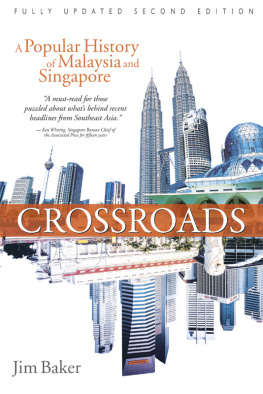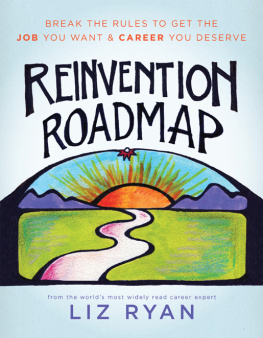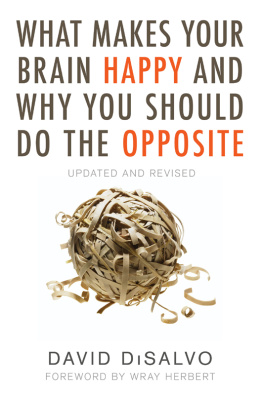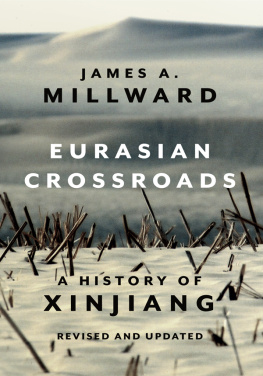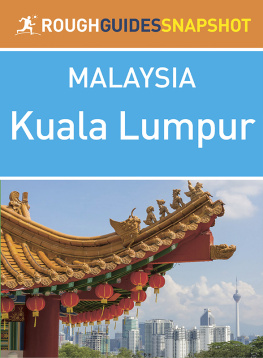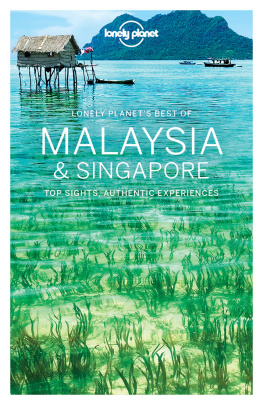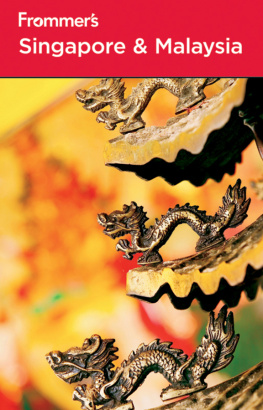
This revised, updated edition 2008 Marshall Cavendish International (Asia) Private Limited
First printed in 1991 by Times Editions Pte Ltd
Reprinted in 2000 by Times Media Private Limited, and in
2001, 2002, 2005 and 2009, 2012 by Marshall Cavendish International (Asia) Private Limited
An imprint of Marshall Cavendish International
1 New Industrial Road, Singapore 536196
All rights reserved
No part of this publication may be reproduced, stored in a retrieval system or transmitted, in any form or by any means, electronic, mechanical, photocopying, recording or otherwise, without the prior permission of the copyright owner. Request for permission should be addressed to the Publisher, Marshall Cavendish International (Asia) Private Limited, 1 New Industrial Road, Singapore 536196. Tel: (65) 6213 9300, fax: (65) 6285 4871. E-mail:
Limits of Liability/Disclaimer of Warranty: The author and publisher of this book have used their best efforts in preparing this book. The publisher makes no representation or warranties with respect to the contents of this book, and specifically disclaims any implied warranties or merchantability or fitness for any particular purpose, and shall in no events be liable for any loss of profit or any other commercial damage, including but not limited to special, incidental, consequential, or other damages.
Other Marshall Cavendish Offices
Marshall Cavendish Corporation. 99 White Plains Road, Tarrytown NY 10591-9001, USA Marshall Cavendish International (Thailand) Co Ltd. 253 Asoke, 12th Flr, Sukhumvit 21 Road, Klongtoey Nua, Wattana, Bangkok 10110, Thailand Marshall Cavendish (Malaysia) Sdn Bhd, Times Subang, Lot 46, Subang Hi-Tech Industrial Park, Batu Tiga, 40000 Shah Alam, Selangor Darul Ehsan, Malaysia
Marshall Cavendish is a trademark of Times Publishing Limited
National Library Board Singapore Cataloguing in Publication Data
Baker, Jim, M. Ed.
Crossroads: a popular history of Malaysia and Singapore / cJim Baker. Rev. 2nd ed. Singapore : Marshall Cavendish Editions, 2006.
p. cm.
Includes bibliographical references and index.
eISBN : 978 981 4435 48 2
1. Singapore History. 2. Malaysia History. 3. Malaya History. 4. Singapore Politics and government. 5. Malaysia Politics and government. I. Title.
DS596
959.5 dc22 OCN218933671
Printed in Singapore by Fabulous Printers Pte Ltd
What they say about the first edition...
History without tears.
~ New Straits Times
[Crossroads] is full of surprises; some may not exactly be pleasant and some may even shock. Baker is bold in his approach, not mincing his words or attempting to soften the blow of cold hard facts... The book is thus interesting, informative and entertaining.
~The Sun
Crossroads fills a lamentable lacuna in our historical narrative... [Baker] is especially informative in his appreciation of the immigrant mindset and work ethic to which he attributes the economic success of the region, debunking the more official theory of common Asian values.
~ Sunday Star
To Junia wife, editor, critic, partner and cheerleader. Without her, this book would not have been possible.
CONTENTS
;
INTRODUCTION TO FIRST EDITION
In the last quarter of the twentieth century, there has been much focus on what appears to be a shift in the worlds economic and political power from North America and Europe to Asia. This is underscored by the increasingly prominent roles played by Asia both economically and politically, which impact not only on the region but also on the world at large. The change began with Japans tremendous economic growth after World War II and was followed by economic booms in Taiwan, South Korea, Singapore and Hong Kong. In the 1980s and 1990s, there was a third wave of growing economies in Malaysia, Indonesia and Thailand. The final act in this economic renaissance of Asia will be the rise of two of the potentially largest world economies India and China.
The economic downturn in the area in the late 1990s is no more than a temporary setback. Most economists believe Asia will emerge from the crisis to be just as important a player in the world economy as it was before the crisis.
There is a wealth of opinion and commentary about Asias growth and its ramifications. A running theme is that the underpinnings of Asias economic success are rooted in culture and values, that the rise of the East is driven by Asian values, which create the climate necessary for these societies to compete successfully with the West. Evidence of this view is contained in popular commentaries on the economic conflict between Japan and the United States in the 1970s and 1980s. It is seen in the stated attempts by many Asian leaders to protect their societies from the influences of popular Western culture lest they corrupt the foundations of their success. And this view has been further advanced by cultural critics in the West who warn of economic decline because of current social conditions in Western societies.
The problem is that to define Asian values is virtually impossible, and for politicians to portray economic competition in todays world as one between geographic areas is a gross oversimplification. To see Asia as a monolithic cultural entity defies imagination. Who really believes that an Uzbeki Afghan shares common values with a Japanese in Yokohama, that the Malay living in a village in Kelantan views the world the same way as a factory worker in Seoul, or that a Chinese peasant farmer could share a similar value system with a Dani tribesman in Irian Jaya? Perhaps a reason why Asians were deeply shocked by their economic crises in the late 1990s was the overemphasis by their leaders on the uniqueness of their success. These leaders had indicated that growth was a result of strong Asian values, which blurred true economic realities and offered a false sense of never-ending growth.
Malaysia and Singapore are fascinating cases of the strengths and weaknesses of this ongoing debate. The Malay Peninsula is an area where not only has the East met the West but also where the East has met the East a true crossroads.
This study of the history of Malaysia and Singapore offers a look at an area that contains cultural elements of many countries the indigenous influences of archipelago Southeast Asia; the impact of Asias cultural giants, China and India, on the area; the coming of Islam from western Asia by way of India; the contributions made by the West through European colonization and economic exploitation; and finally, the impact of the process of globalization on the two countries in the late twentieth century.
The history of Malaysia and Singapore is more than two thousand years of cultural interaction, largely determined by the geographic positions of these countries. In the last sixty years, it is a history of three distinct groups of Asians the Chinese, Indians and indigenous Malays all trying to find a common destiny. For in this sixty-year period, all three accepted the reality that they were going to live together permanently. The conflict, accommodation and promise of this reality are vital elements of life in the area today.
This book, then, has two themes. One is the movement of culture, products and people throughout the area, and the other is the people who stayed to create the modern nations. Economically, Malaysia and Singapore are rapidly developing, and perhaps by identifying the reasons for their success, these unique societies can give useful insight into some of the generalizations made about Asia today.
Next page
